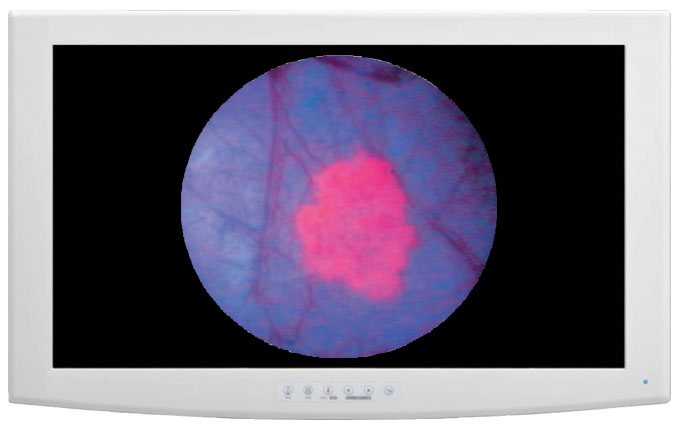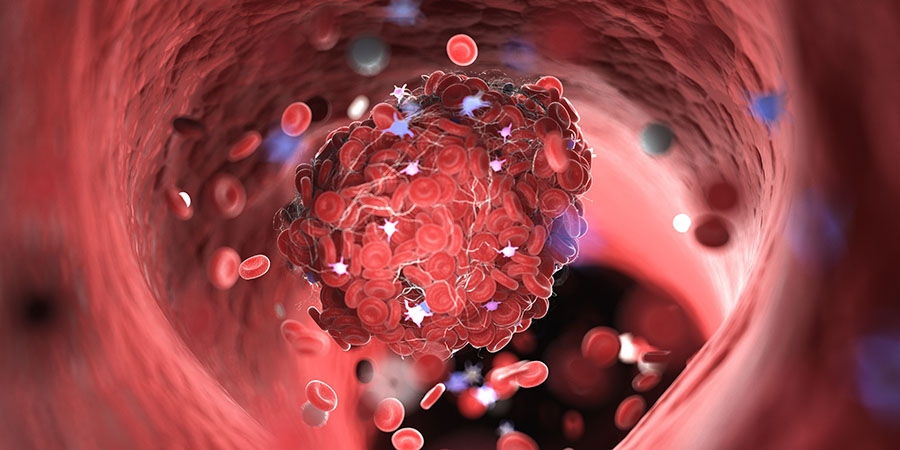Scientists say canine noses are at least 10,000 more powerful than ours. That's tough to quantify, but this might help.
As Alexandra Horowitz, dog-cognition researcher from Barnard College, wrote in "Inside of a Dog," most humans notice if their coffee has a teaspoon of sugar added to it, but "a dog could detect a teaspoon of sugar in a million gallons of water, or two Olympic-sized pools' worth."
That's why police forces around the world use "sniffer" canines to detect and find explosives, drugs, and even cadavers.
Inspired by that feat of nature, a team at UC Santa Barbara has just developed a nanotech chip that is every bit as accurate as a dog's nose. Only better.
These chips are so powerful, they can "sniff out" the differences between two molecules that to dogs or humans would smell the same. They're capable of distinguishing between certain substances at concentrations as low as one part per billion.
Oh, and they never steal meat off the counter or get sick on your carpet or whine to be taken out for a walk.
According to "Electronics News," the chip uses microfluidic nanotechnology to mimic the biological mechanism behind canine scent receptors.
This new chip packs a lot of punch into a small space (it's about the size of a fingerprint). Microchannels inside the gadget are 20 times smaller than a human hair. Once a tiny laser excites the absorbed molecules, a computer database detects the exact substance in question.
So what does it mean for investors?
Quite a lot, actually.
"The technology could be used to detect a very wide variety of molecules," said team leader Carl Meinhart. "The applications could extend to certain disease diagnosis (from someone's breath) food spoilage, ornarcotics detection, to name a few."
They're cheap, too. Though team members didn't cite a cost for producing "sniffer chips," they said the small devices will become so cheap that, in the near future, they could be as abundant as smoke detectors are today.
I have more exciting new cutting-edge technology to share with you this month.
Helping the Blind Read Again
Back in August, I told you how bionic eyes will help end blindness. One of the firms I profiled, Second Sight Medical Products, has just made another major breakthrough in this area.
Turns out a research team recently used Second Sight's new Argus II device to project braille patterns directly onto the retina of a blind patient's eye. This allowed the patient to accurately "read" words that contained up to four letters.
Argus II uses a small camera that is mounted on a pair of glasses. The platform also includes a processor that translates signals from the camera onto a microchip implanted directly on the patient's retina.
Second Sight says the patient could see patterns and make them out as individual letters in less than a second and with nearly 90% accuracy.
So far, the company has only tested the system on one patient. But they say this letter-recognition software could help scores of other blind people in the near future.
Scientists Shine 1,000 Points of Light on Brain Tissue
When he accepted the Republican Party's nomination for president in 1988, George H.W. Bush referred to the country's legion of volunteers working like "a thousand points of light." The phrase stuck and became fodder for late-night comedians.
Now comes the real thing, with amazing implications, courtesy of MIT. A team there recently created a new fiber-optic device that can deliver 1,000 precise points of light to a 3-D section of living brain tissue smaller than a sugar cube.
This advance is part of a new field called optogenetics.
The idea is to use gene treatments to turn individual brain cells on and off with a light.
See, with optogenetics, researchers select cells in the brain they want to make sensitive to a particular light color. Then they use the light to tell precise regions of the brain to activate or not.
Because the new tool delivers light to the brain in three dimensions, it opens the potential to explore entire circuits within the brain. Ultimately, the team said, this could lead to neural prosthetics that control brain disorders like the seizures that occur with epilepsy.
Michael Robinson
Money Morning



























































